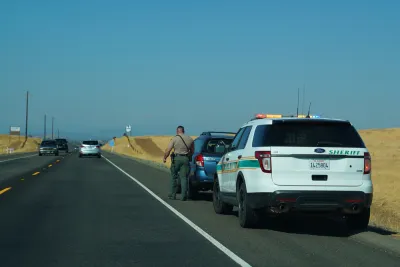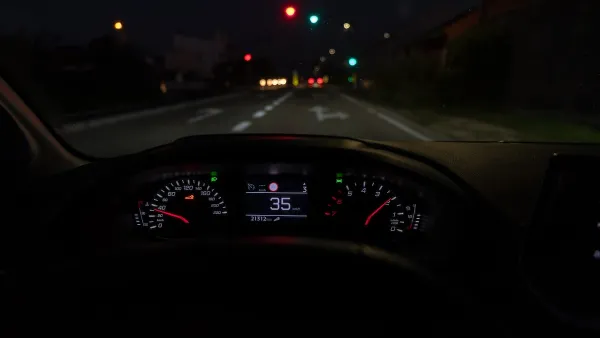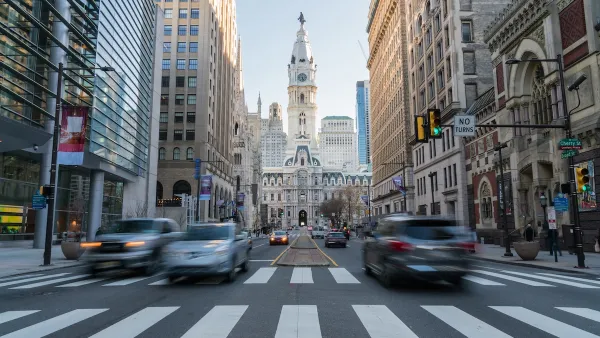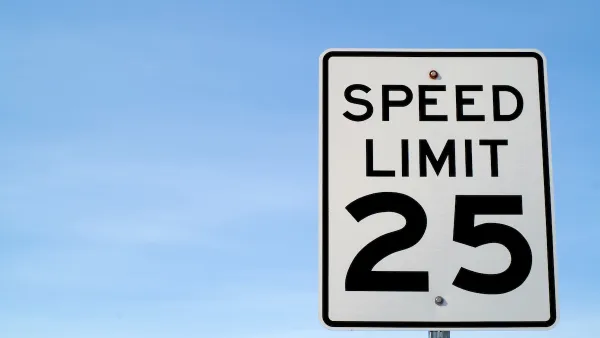A new book makes the case that revenue-oriented traffic policing has far-reaching negative impacts and often fails to improve traffic safety.

In a piece for Streetsblog USA, Kea Wilson describes the thesis of a new book that “argues that America's approach to traffic policing isn't truly designed with safety in mind because it's fueling a dangerous carceral cycle that may actually leave our communities more deadly, car-dependent, and oppressive to us all, especially the most vulnerable.”
The book, Cars and Jails: Freedom Dreams, Debt and Carcerality by Julie Livingston and Andrew Ross, lays out the evidence for their claim. “In some ways, Livingston and Ross argue, extractive fines and extreme police harassment for even the most minor vehicle violations have been an integral part of motordom since its beginning, particularly for the people of color who shoulder an overwhelming majority of both burdens.”
That tendency increased when tax rates were reduced in the 1970s and 1980s, forcing cities to look to new sources of revenue. “Today, much of America's $4 trillion municipal bond load is directly backed by what banks believe will remain a stable stream of money extracted from road users by police and the courts.”
The consequences ripple far beyond fines, impacting road safety. “Because so many Americans live in car-dependent places, a lot of drivers with suspended licenses have no choice but to keep driving anyway — and if they hit someone, they're far more likely to flee the scene and leave their victim to die.” Meanwhile, punitive systems ensnare people in a cycle of fines and jail time, even for violations that didn’t threaten public safety.
FULL STORY: How Some Traffic Fines and Fees Can Make Our Roads More Dangerous

National Parks Layoffs Will Cause Communities to Lose Billions
Thousands of essential park workers were laid off this week, just before the busy spring break season.

Retro-silient?: America’s First “Eco-burb,” The Woodlands Turns 50
A master-planned community north of Houston offers lessons on green infrastructure and resilient design, but falls short of its founder’s lofty affordability and walkability goals.

Delivering for America Plan Will Downgrade Mail Service in at Least 49.5 Percent of Zip Codes
Republican and Democrat lawmakers criticize the plan for its disproportionate negative impact on rural communities.

Test News Post 1
This is a summary

Test News Headline 46
Test for the image on the front page.

Balancing Bombs and Butterflies: How the National Guard Protects a Rare Species
The National Guard at Fort Indiantown Gap uses GIS technology and land management strategies to balance military training with conservation efforts, ensuring the survival of the rare eastern regal fritillary butterfly.
Urban Design for Planners 1: Software Tools
This six-course series explores essential urban design concepts using open source software and equips planners with the tools they need to participate fully in the urban design process.
Planning for Universal Design
Learn the tools for implementing Universal Design in planning regulations.
EMC Planning Group, Inc.
Planetizen
Planetizen
Mpact (formerly Rail~Volution)
Great Falls Development Authority, Inc.
HUDs Office of Policy Development and Research
NYU Wagner Graduate School of Public Service





























